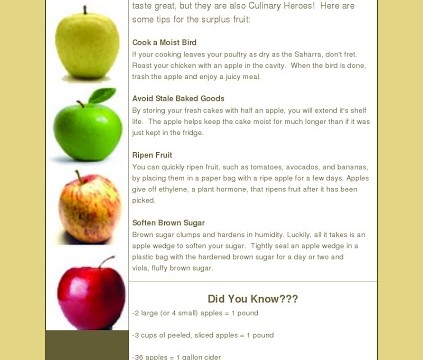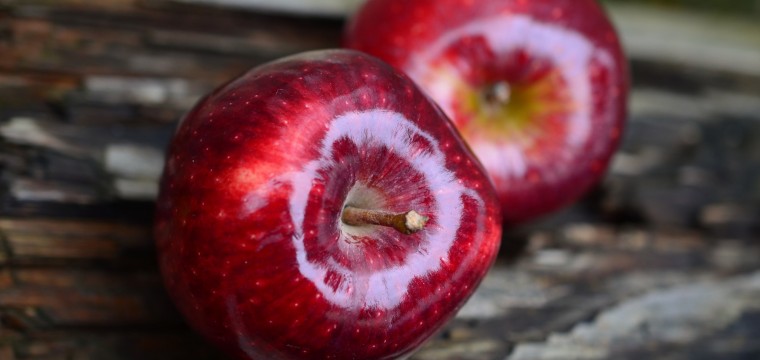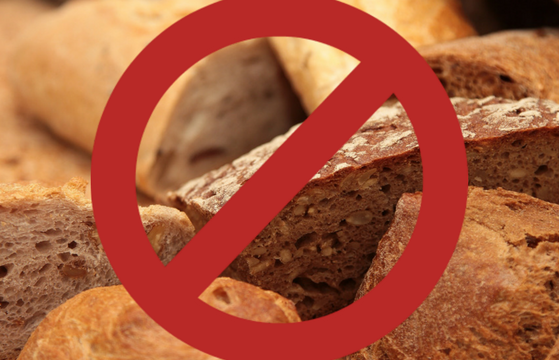

Chocolate Mousse Catering
Salt Point, NY 12578
Phone: 845-518-6533
Hudson Valley Caterers

chocolatemousse Leave a Comment


chocolatemousse Leave a Comment
The apple tree, which originally came from Eastern Europe and southwestern Asia, has spread to most temperate regions of the world. Over the centuries, many hybrids have been developed, giving us over 7,000 varieties in the market today. Apple trees bear the apples which are a crisp, white-fleshed fruit with a red, yellow or green skin. Apples have a moderately sweet, refreshing flavor and a tartness that is present to greater or lesser degree depending on the variety. Many people do not know that our deliciously diverse friends are actually members of the rose family.
Apples have long been associated with the biblical story of Adam and Eve, although there is actually no mention that, in fact, the fruit in question was actually an apple. In Norse mythology, apples were given a more positive persona: a magic apple was said to keep people young forever. Apples’ most recent appearance in history occurred in the 1800s in the U.S., when Johnny Appleseed—a real person named John Chapman—walked barefoot across an area of 100,000 square miles, planting apple trees that provided food and a livelihood for generations of settlers.
So, now that we know more about apples, how do we go about selecting the perfect one? We have all heard the saying, “one bad apple can spoil the whole bunch.” Research agrees! An apple that has been damaged will start to release large amounts of ethylene gas that can pose a risk to other apples that have not been damaged and greatly decrease their shelf life. For this reason, it’s important to remove any damaged apples from groups stored in bulk.
Look for firm fruit with rich coloring. Yellow and green apples with a blush are best. Your preference for on flavor and whether you plan to enjoy your apples raw or cooked will determine your choice of variety.
In NY, apple season begins at the end of summer and lasts until early winter. Apples available at other times have been in cold storage or are imported.
Apples can be stored for 3-4 months. Cold storage at low refrigerator temperatures (35-40F) will help to minimize loss of nutrients. Over a period of time involving months, there is loss of total polyphenols from apples. However, valuable amounts of nutrients remain. In some food traditions, cold storage of apples over the winter months is still counted on as a key part of dietary nourishment from fruits.

chocolatemousse Leave a Comment
Wheat flour contains gluten, a protein that strengthens and binds dough in baking. Unfortunately gluten intolerance and gluten allergies are becoming fairly common.
Here are some gluten-free flour alternatives. It is important to know that there is no exact substitute for wheat containing flour, and recipes made with gluten free alternative flours will be different from those containing wheat or gluten.
Amaranth flour is made from the seed of the Amaranth plant, which is a leafy vegetable. Amaranth seeds are very high in protein, which makes a nutritious flour for baking. Alternative names: African spinach, Chinese spinach, Indian spinach, elephants ear.
Arrowroot flour is ground from the root of the plant and is very useful for thickening recipes. It is tasteless, and the fine powder becomes clear when it is cooked, which makes it ideal for thickening clear sauce.
Brown rice flour is milled from unpolished brown rice and as it contains the bran it has a higher fiber content. It has a slightly nutty taste, which will sometimes come out in recipes depending on the other ingredients, and the texture will also contribute to a heavier product than recipes made with white flour. It is not often used completely on its own because of its density.
Buckwheat flour is not a form of wheat. Buckwheat is actually related to rhubarb. The small seeds of the plant are ground to make flour. It has a strong nutty taste so is not generally used on its own in a recipe, as the taste of the finished product can be very overpowering, and a little bitter.
This is ground from chick peas and has a strong slightly nutty taste. It is not generally used on its own.
Made from dried, defatted coconut meat this flour is high in fibre with a light coconut flavour. Typically additional liquid will be required in a recipe that uses coconut flour.
Ground from corn. Heavier than cornflour, not generally interchangeable in recipes.
It can be used to thicken soups and make flat bread and griddle cakes. Because it lacks any form of gluten it’s not suited to many types of baking.
This flour should not be confused with potato starch flour. Potato flour has a strong potato flavor and is a heavy flour so a little goes a long way.
Quinoa is related to the plant family of spinach and beets. Quinoa provides a good source of vegetable protein and it is the seeds of the quinoa plant that are ground to make flour.
Tapioca flour is made from the root of the cassava plant, once ground it takes the form of a light, soft, fine white flour. Tapioca flour adds chewiness to baking and is a good thickener.
If you’re following a specific wheat free or gluten free recipe it will have been carefully formulated to get the best possible result using the flour substitutes listed. If you are looking for an easier solution, there are some really great pre-mixed gluten-free flour blends.
// HAVE QUESTIONS?
We are here to help..
Phone: 845-518-6533